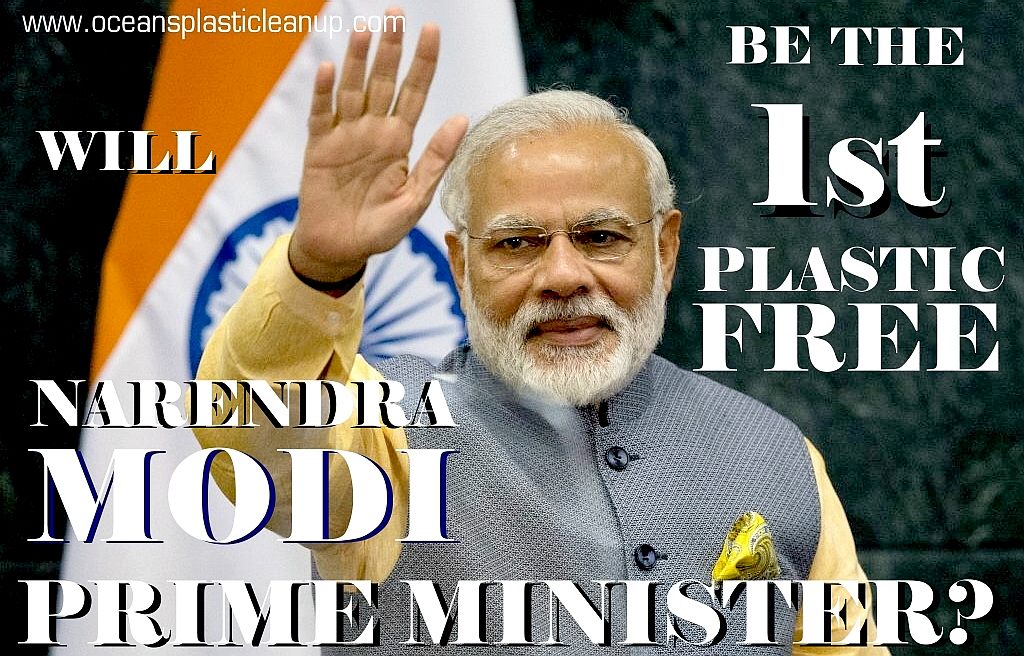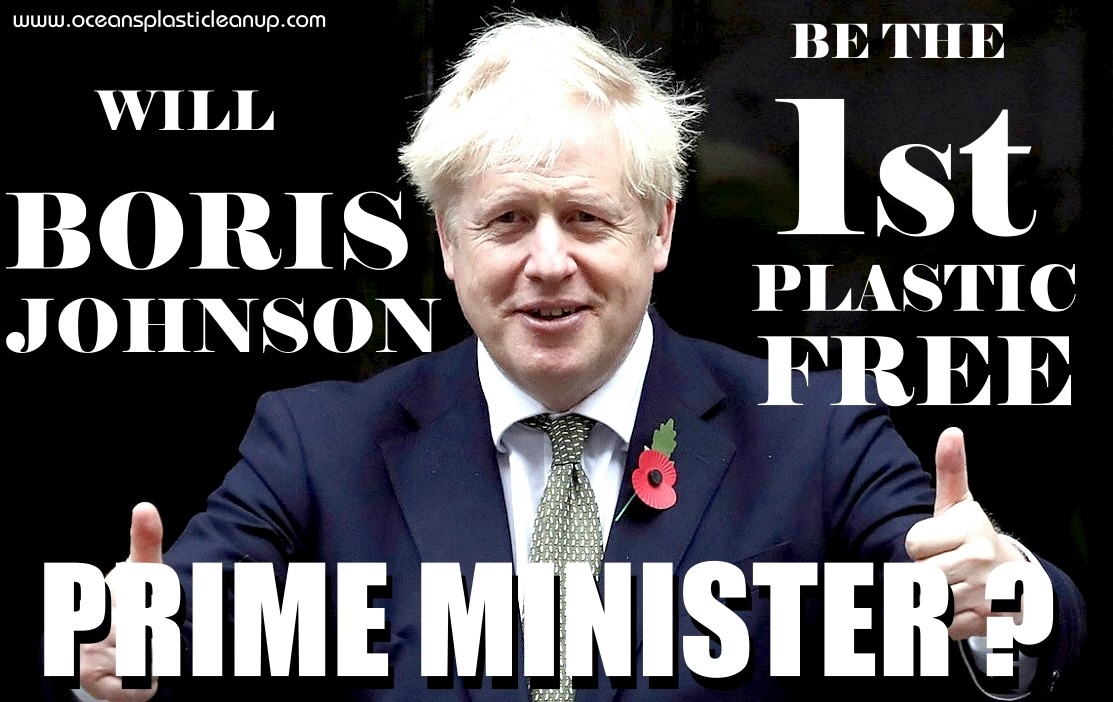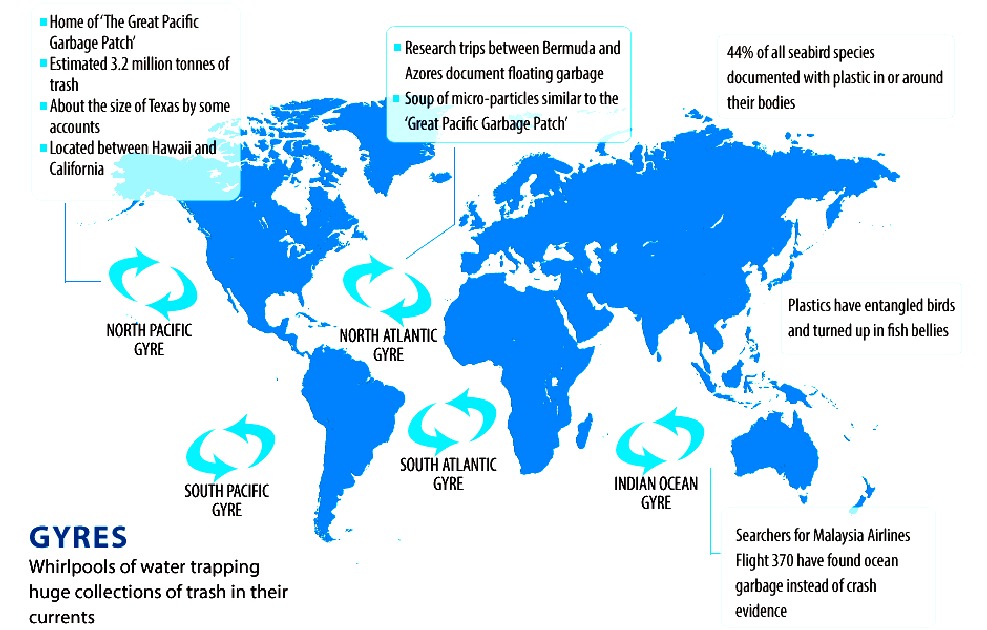|
EMMANUEL MACRON - 1st PLASTIC FREE
Please use our A-Z INDEX to navigate this site, where page links may lead to other sites
HIGH HOPES FOR FRANCE - There are many reasons for reducing reliance on plastics. In the end we hope that a sustainable economics argument may hold sway over short term convenience. We're voting for Emmanuel Macron# We'd urge you, the voters to share your thoughts with the Président @ 22 March 2021.
France is one of the few nations seeking to deal with plastic pollution by banning the sale of washing machines without plastic filters in the rinse.
This is a bold first step that attracts much admiration. But, the same does not apply to other countries who are scrabbling about with half-hearted measures bereft of any real legal or enforceable bite, or indeed, any tangible solution. Thus the problem persists unabated with no real solution in sight generally, from short-sighted policies and policy makers lacking in vision - who simply won't apply the brakes. The lack of success in cleaning up the world's rivers and oceans to date speaks for itself.
We need more and immediate action in terms of applying the policy brakes. To this end The Cleaner Ocean Foundation has put together a (draft) 7 Point Plastic Plan, that they hope will be taken seriously by the UN's members in all things sustainable, especially the World Health Organization and Food and Agriculture Organization. As per SDG14: Life Below Water. The Plan also impinges on SDG13, where much plastic is burned to dispose of, causing huge CO2 plumes in developing countries.
Potentially the first Plastic-Free Président, Emmanuel Macron could help make a big difference in supporting proposals like this at UN level, and, for example, cleaning up one of the Europe's dirtiest rivers.
The Seine is France's signature river. Like the Thames in the UK, it reveals the state of play in France, alongside other potholed policies.
This is our (draft) 7 Point Ocean Plastic Plan:
1. Supermarket packaging transformation (back) to paper predominantly
DIRTY
BIRTIE -
France should be concerned about their showcase river. The contamination of the River Seine (France) and its main tributaries (Yonne, Marne, Oise) have been studied, under different hydrological conditions, at the end of spring before the low watermark and at the beginning of autumn after the first swelling of flow.
The toxic pollutants in the surface runoffs include mercury, nickel, chromium, toluene, DDT, and other pesticides and herbicides. These pollutants are at an even greater amount when there are high rainfalls. This is not mainly because of the high runoffs cause by the rainfalls, but also because the sewage systems in Paris experience a "sanitary sewage overflow". Under these conditions, if the untreated sewage is leaked, it will discharge in the Seine River. Therefore causing pollution.
The financial decline of European manufacturing on the mass scale of the past has almost ceased between the source and Rouen. The sewage from the cities has improved in quality markedly over the past twenty five years; the sewage from Paris no longer warrants the
fish skeleton symbol that denoted gross pollution of the Seine in the 1980s and 90s. The river does run with raw sewage at times of heavy rain but not all the time. The river sediments are rich with heavy metals, mercury, copper and many others, the legacy of a bad old days when anything that needed to be disposed of was; into the river.
OCEAN HEALTH - We have high hopes that the most powerful world leaders will be pushing to secure fish health as part of their food security plans. This of course means ridding us of the plastic menace with a Plan that is technically workable, enforceable and economically sound. Ladies and gentlemen, we give you the 7Seven Point Plastic Plan.
WHAT
A WASTE
- Governments
are unwilling to commit resources to recover the millions of
tons of toxic plastic that is already in our oceans, even
where it threatens long term food security and biodiversity.
LINKS & REFERENCE
https://theculturetrip.com/europe/france/paris/articles/the-seine-will-reopen-for-swimming-after-a-e1-billion-cleanup/ https://www.sciencedirect.com/science/article/abs/pii/0043135487901904 https://www.sciencedirect.com/science/article/abs/pii/0043135487901904
BUILD UP - Plastic has accumulated in five ocean hot spots called gyres, see here in this world map derived from information published by 5 Gyres. unfortunately, with projects like SeaVax being refused funding, there is little hope that our ocean might be flushed clean. What we might hope for is that the United Nations opts for measures to (effectively) ban plastics for single use packaging.
This website is provided on a free basis as a public information service. copyright © Cleaner Oceans Foundation Ltd (COFL) (Company No: 4674774) 2021. Solar Studios, BN271RF, United Kingdom. COFL is a not for profit company without share capital.
|










